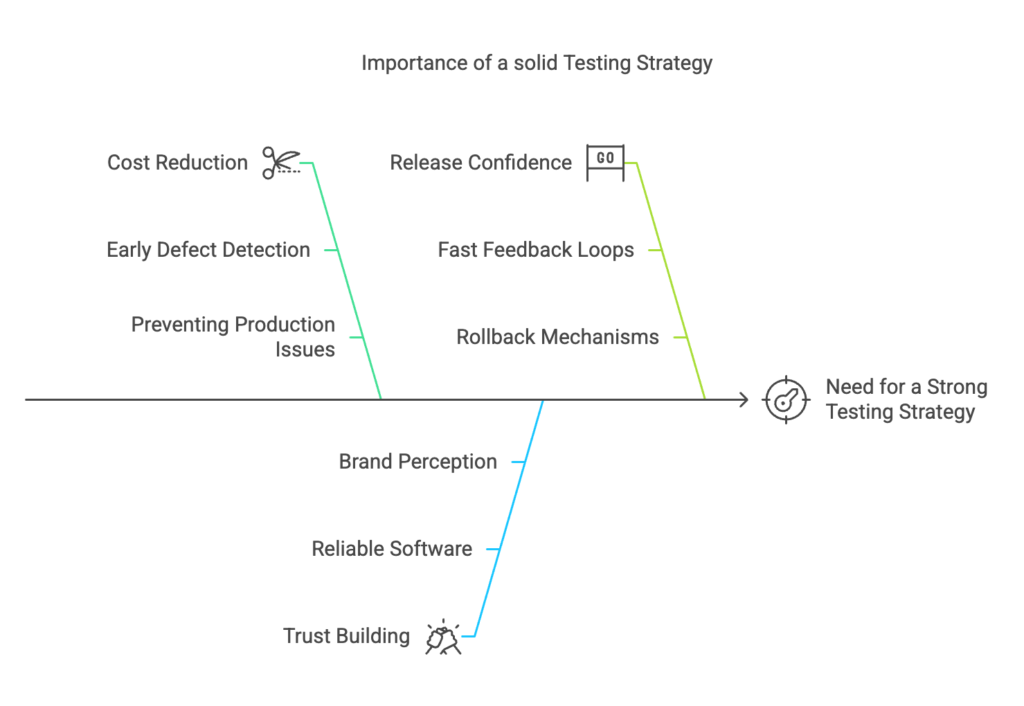Mastering Quality and Speed: Why Your Team Needs a Strong Testing Strategy
In the ever-evolving world of software development, delivering features quickly and reliably has shifted from a competitive advantage to an industry standard. Continuous delivery (CD) is no longer a luxury but an expectation. Achieving this level of agility and quality hinges on one essential component: a robust testing strategy. Without it, teams risk delays, compromised quality, and a loss of trust from their users.
The Evolution of Testing in Software Development
In the past, testing was often relegated to the end of the development process. Waterfall models allowed lengthy cycles where defects could be discovered and resolved before deployment. However, as the industry transitioned to agile methodologies, the need for speed and adaptability grew. Today, businesses expect updates monthly, weekly, or even daily from elite teams.
This shift demands that testing becomes an integral part of the development lifecycle, not an afterthought. A modern testing strategy enables teams to deliver high-quality, adaptable software at the pace required by continuous delivery.
Why a Strong Testing Strategy is Crucial

A robust testing strategy is far more than a checklist for quality assurance; it is the foundation of high-performing engineering teams. Here are three key reasons why it’s indispensable:
- Reducing the Cost of Fixing Defects
The earlier a defect is detected, the easier and cheaper it is to fix. Practices like test-driven development (TDD) and clear communication during planning stages can catch issues before code is even written. Conversely, defects that escape into production can erode customer trust, harm your brand, and lead to costly fixes. - Building Trust and Ensuring Stability
High-quality software inspires confidence. Customers equate reliability and stability with strong brands, and a well-executed testing strategy guarantees this perception. By implementing diverse tests and maintaining fast feedback loops, teams can ensure consistent quality across all stages of development. - Faster, More Confident Releases
Continuous delivery depends on confidence—confidence that changes won’t break existing functionality and that rollback mechanisms are in place if issues arise. A comprehensive test suite provides this assurance, enabling teams to release quickly and adapt to new demands.
A Lesson in Agility: Responding to the Unexpected
Consider a leading food delivery app in India that introduced a feature differentiating delivery partners’ uniforms based on food types (vegetarian vs. non-vegetarian). While innovative, the move faced immediate backlash due to privacy and safety concerns.
The company’s engineering team swiftly rolled back the feature within minutes, preserving user trust and demonstrating the value of agility. This rapid response was possible because of a well-designed deployment pipeline and a robust testing strategy. Although the feature was ultimately scrapped, the team’s ability to act quickly reinforced the brand’s commitment to its users.
Testing Strategy: Adapting to a Dynamic Landscape
Building software today is less like constructing a bridge and more akin to surfing. Developers must navigate constantly shifting conditions—evolving requirements, emerging technologies, and unpredictable user needs. A robust testing strategy acts as a surfboard, enabling teams to stay balanced, adapt quickly, and maintain momentum.
Automated tests form the backbone of this strategy, ensuring safety and reliability at every step. These tests empower teams to make rapid changes without sacrificing quality, fostering an environment where innovation and stability coexist.
Looking Ahead: Mastering the Art of Testing
This blog marks the beginning of a series exploring testing strategies. In future posts, we will dive into practical approaches for crafting an effective testing strategy, identify common pitfalls to avoid, and share advanced techniques to elevate your testing game.
Stay tuned as we uncover the essential elements of testing that drive success in modern software development.
Subscribe to the Next Iteration Newsletter to get members only content and insights directly in your inbox!
